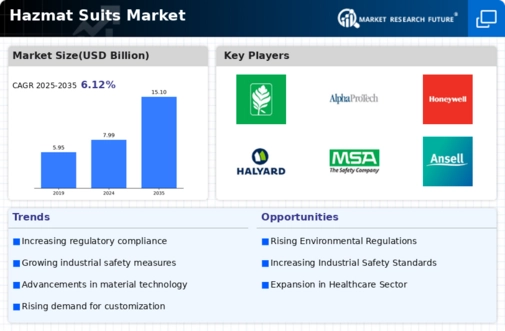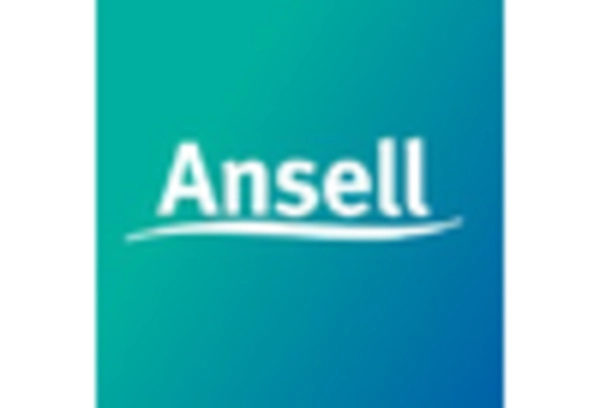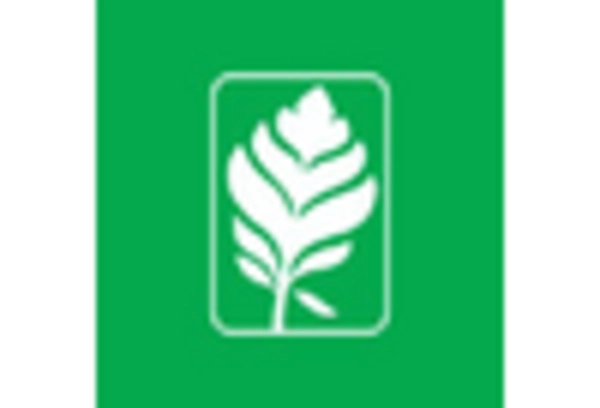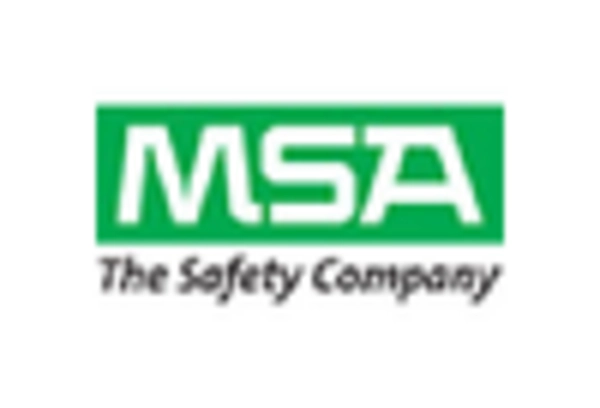Market Trends
Key Emerging Trends in the Hazmat Suits Market
The Hazmat Suits Market with its growth trends is largely affected by the presence of escalating factors, like the enhanced awareness towards biohazard, the current pandemics worldwide, and the innovations in materials and design of the PPE (personal protective equipment). One major trend is the projected rise in demand for hazmat suits as a result of increased awareness of infectious diseases and the necessity of efficient shield against biological and chemical hazards. Coronavirus outbreak emphasized the significance of PPE quality and completeness that lead to usage of hazmat suits in healthcare world as well as industry, emergency teams, and research spaces.
Technological breakthroughs in glove program are redefining the market scenario. Manufacturers are working on making the suits more stuffable, comfy and strong so as to improve the experience of wearing it for long hours. High tech materials like lightweight fabrics with protective features and seam sealing technology are added to the product to find a combination of functionalities and convenience. The integration of innovational features, e.g. communication systems and hydration systems makes hazmat suits more flexible and useful in different locations and environments.
The market is undergoing a growing demand-side shift from different sectors, not just healthcare. The need for hazmat suits is very obvious nowadays in various industries like chemical manufacturing, pharmaceuticals, and the management of hazardous waste. Emergency response teams, chiefly firefighters and police, have significantly expanded their PPE inventory to include hazmat suits as a standard part of their equipment, since they want to be ready for incidents including chemical spills, biological agents, and other hazardous materials. This trend mirrors the fact that the sector based risk management were never thought of in isolation in the past.
Adaptability and adaptability are imperative considerations when planning suit design for hazmat. They are diverse, and they include specific features and different levels of protection tailored to various industries and applications. Manufacturers are coming up with modular hazmat suits, which take into consideration the nature of the hazard, the duration of use and environmental conditions, to make personal adjustments. This trend, towards adaptability, builds upon the adaptable features of hazmat suits and make them suitable for multiple scenarios even in various settings.
The industry progressing towards the more sustainable and eco-friendly materials for producing hazmat suits. As sustainability is enhanced in industry, manufacturers are researching novel materials that have a minimal environmental effect but can still provide protective coverage. Biodegradable or recyclable materials play an important role to solve disposal problem of hazmat suits; this is one of the environmental protection efforts in the manufacture of PPE equipment.


















Leave a Comment